Madrid Design Festival 2023: Showcasing the Best of Spanish Design
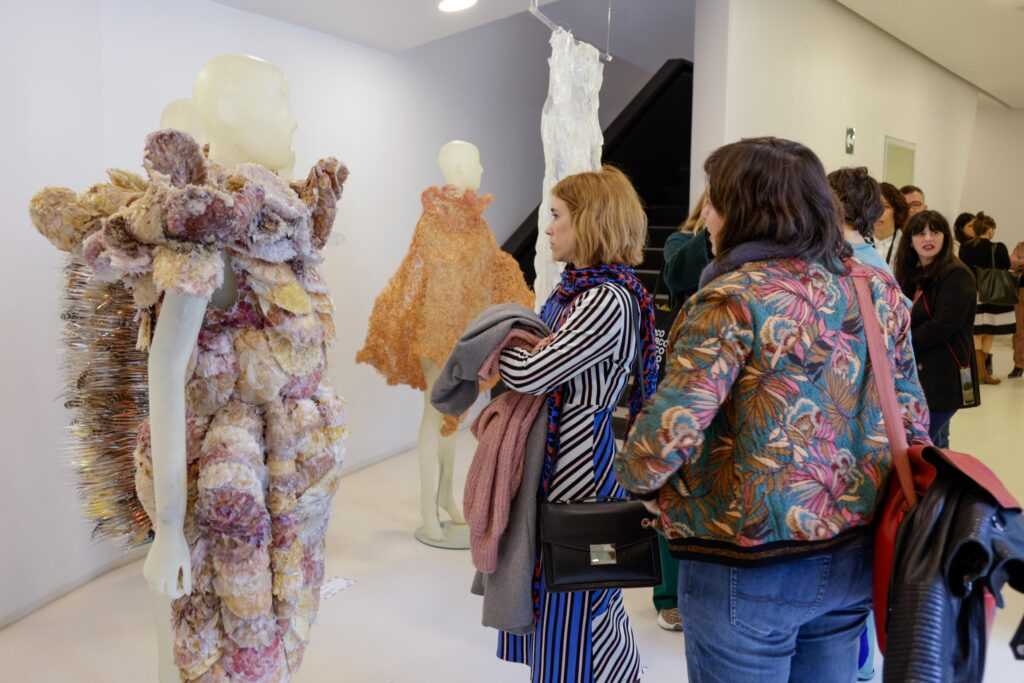
The Madrid Design Festival which began in February is taking place at various locations around Madrid and online. The only festival in Spain that brings together all design disciplines, including architecture, graphic and interior design, hybridizing them in a contemporary and innovative format. This year’s event, the sixth edition, sees the participation of over eighty companies and six hundred professionals in the sector. Organized by Madrid-based cultural promoter La Fábrica, through in-person, digital, and audiovisual formats, it showcases the best designs from Spain and other countries and the ability of those who work in this sector to resolve complex social, economic, and creative challenges. This edition recognizes the excellence and transcendence of the work of creators, giving visibility to a discipline that is essential to improve daily lives. It emphasizes the design of Madrid to rediscover unknown fragments of the city’s historical legacy and, in parallel, organize support actions for the local emerging fabric.
As in previous years, the festival recognized national and international talent with the Madrid Design Festival Awards. The honorees for this year’s festival are Stefano Boeri, Hella Jongerius, and Curro Claret, who presented their ideas during the MadridDesignPRO professional workshops in February. New this year, Fiesta Design, which took place in February, invited the public to immerse themselves in the design experience in novel ways through events held in an environment of connection, experimentation, inspiration, and discovery. It offered visitors an in-depth knowledge of the work of professionals through exhibitions, free activities, workshops, installations, talks, and activities focused on design as a tool for inspiration and economic growth. The festival runs until April 9.
Guest City Seville
Every year, the Madrid Design Festival organizers designate a guest city that participants explore through a series of programs. This year, it is the turn of Seville, which currently figures prominently in design with the work of designers and studios who are rethinking the cities of tomorrow, which they achieve through an exquisite blend of a unique artisan heritage and premium contemporary design techniques. Seville is historically associated with art and creativity and has been the birthplace of great artists. The city and its people have inspired numerous creations and today it is a hotbed of internationally famous talents in multiple artistic disciplines. Its design is present at the festival through several activities, including an exhibition that surveyed the Sevillian creative scene, a day of professional encounters with leading exponents from different disciplines, and a series of events that geographically united the designers and their studios along the Seville-Madrid axis.
Sevilla. Illuminated Shadow.
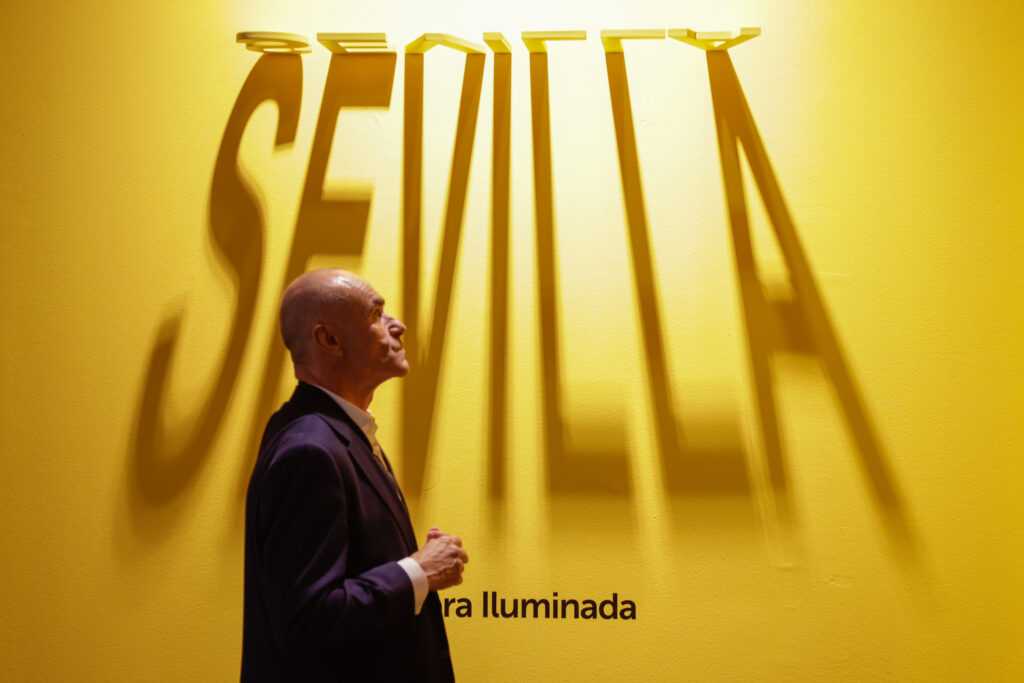
Part of the programming of Seville as the guest city of Madrid Design Festival 2023 was the exhibition, Seville. Illuminated Shadow. Traditional Sevillian trades and techniques joined new designs and interpretations in this exhibition curated by Macarena Navarro-Reverter and designed by Studio Noju. Participants were able to rediscover the city from a contemporary perspective and value its material and immaterial heritage by making it visible through the talent of people and customs.
Visitors surveyed Sevillian design, from the most traditional languages to the avant-garde, with a journey through the excellence of Seville’s artisanship and the mastery of its trades, which endure and coexist today through the work of new designers. The exhibition featured over 100 pieces that reflect this fusion between the past and the present, inviting one to discover both the Seville one sees and the more subtle one with 25 artists, artisans, and designers.
Fernández y Roche, Sevillian hat makers since 1885, is the only hat factory in Spain that makes their hats entirely in-house. The union of the two surnames at the end of the 19th century began a project for the artisanal manufacturing of berets, caps, and hats, a saga that continues to the present. The studio has modernized some of its manufacturing processes, but its artisans continue to work with the best raw materials. Their products are sold in the United States, Japan, the United Kingdom, and the European Union. In 2022, celebrated British milliner Stephen Jones reinterpreted two of the firm’s models for the Cruise Dior runway collection in Seville, one in felt and the other in its trademark straw Panama hat.
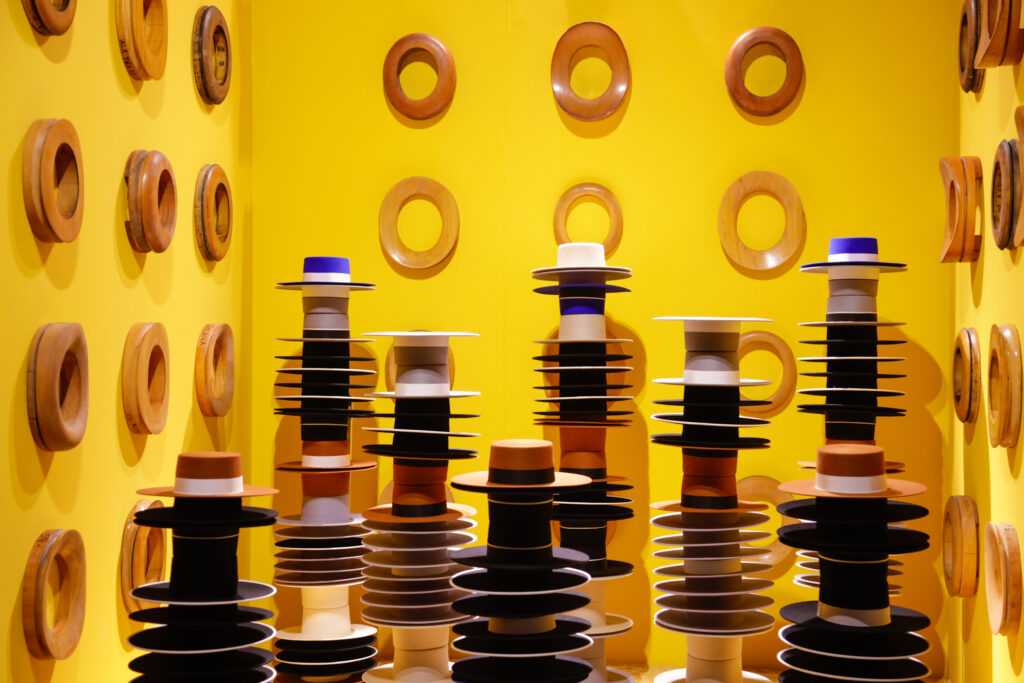
The production of block brick is an ancient tradition that dates back to Roman times. The Romans were the first to obtain small clay blocks along the Guadalquivir river. Centuries later, the Arabs perfected this old craft that has remained alive to this day. In 2011, Unesco declared the artisanal production of lime from the Sevillian town of Morón de la Frontera an intangible cultural heritage of humanity, in its section on good practices. In the town, there are important quarries of very pure limestone, with 98% calcium carbonate, a natural wealth that contributes to the quality of the product. This stunning display shows the blocks of Gordillos Cal de Morón, based in Morón de la Frontera, the only family firm dedicated to the manufacture of artisan limestone.
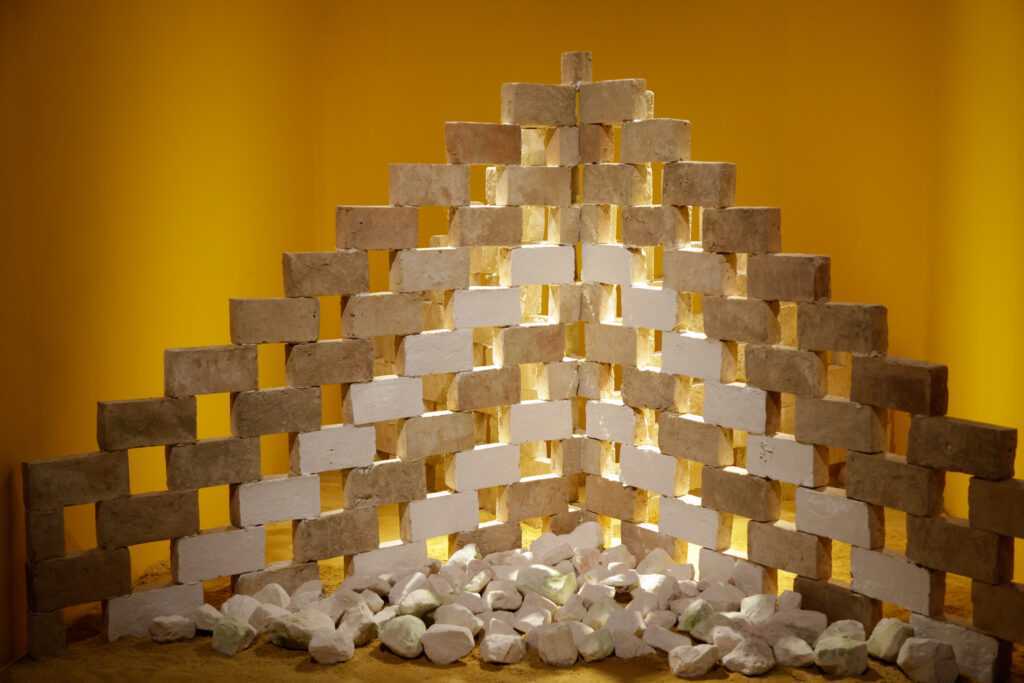
Las Ánimas (formerly Antoñito and Manolín) is the name of the artistic couple formed by Trini Salamanca and Pablo Párraga. Their work has a strong symbolic, mystical, tribal, and esoteric component. Geometry is a very frequent language in the creations of these Sevillian artists, who show their predilection for minimalist and repetitive models. Through experimentation with different shapes, materials, and textures, they develop an iconography with a retro-futuristic, transgressive, ceremonial aesthetic, and evocative overtones. As they explain, «the act of creating each piece materializes a part of our spirit, a connection between us, our work, and who owns it. A bridge to another dimension, energy in motion”.
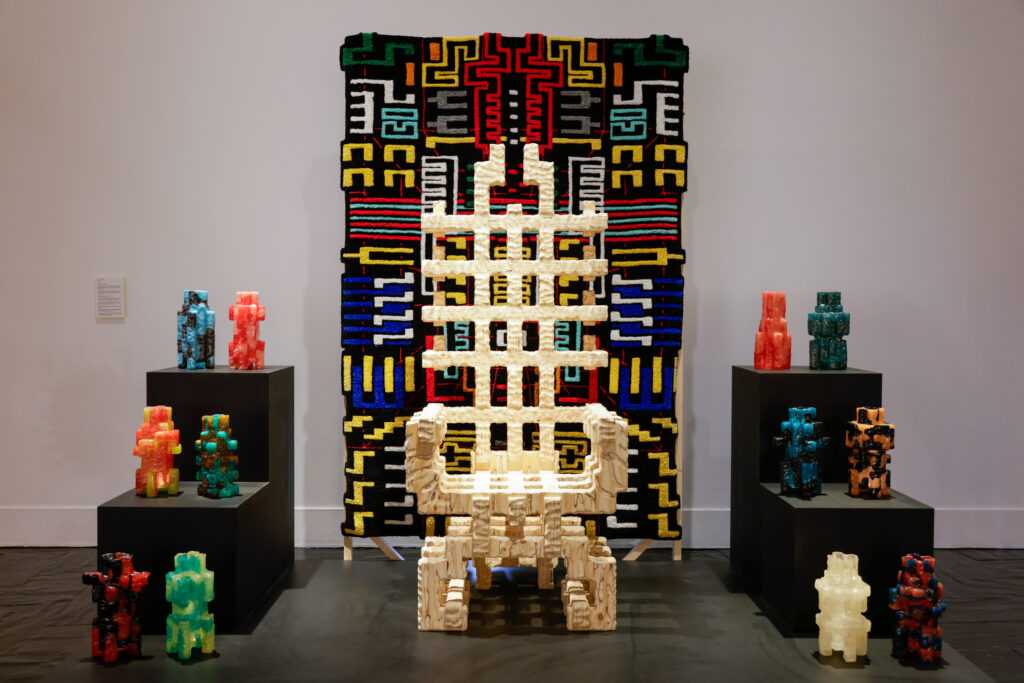
Learn more about Macarena Navarro-Reverter in Book Nook: Three Essential Books about Artisan Traditions in Spain.
Intangible Traits
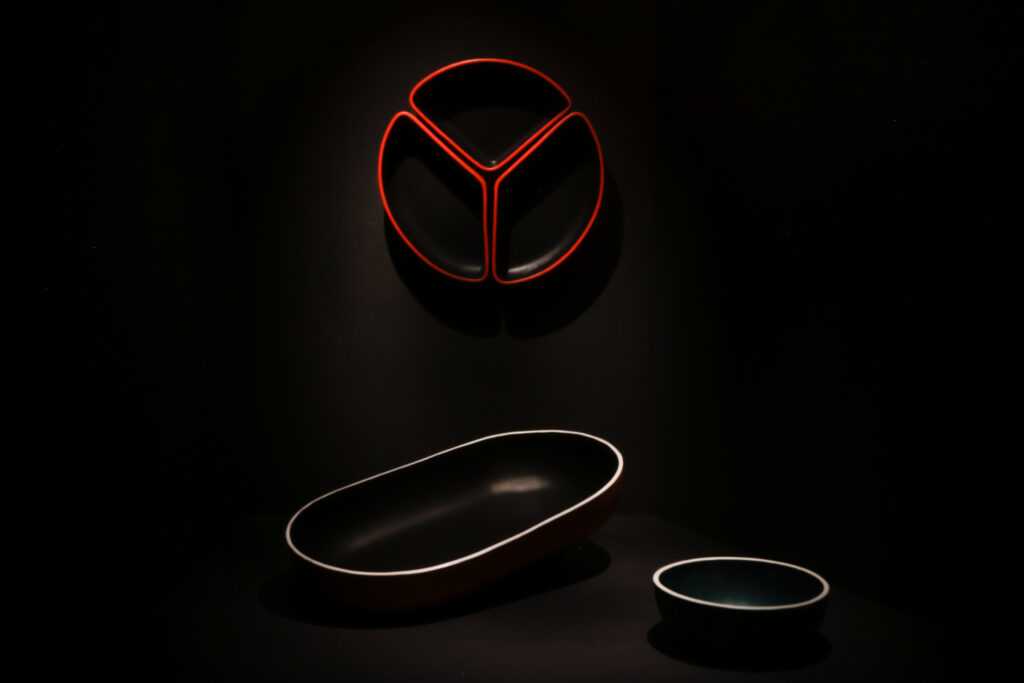
Curated by Victoria de Pereda and promoted by Mazda and the Spanish Association of Contemporary Crafts (SACo), the exhibition Intangible Traits was a multi-sensory space of craftsmanship, design, and sustainability. Twenty-nine artisans members of SACo who work in different categories exhibited their work with colour, materials, and form as the starting point for the pieces.
The presence of visitors was essential to close the circle of the multi-sensory journey. They had access to an atelier that transcended the physical, allowing them to engage in a face-to-face dialogue with each work. Commenting on the exhibition, Victoria de Pereda described it as “a place where creations sleep in silence, where our passage through the space as visitors awakens them to invite us to engage in dialogue and feel the sensations that each work inspires.”.
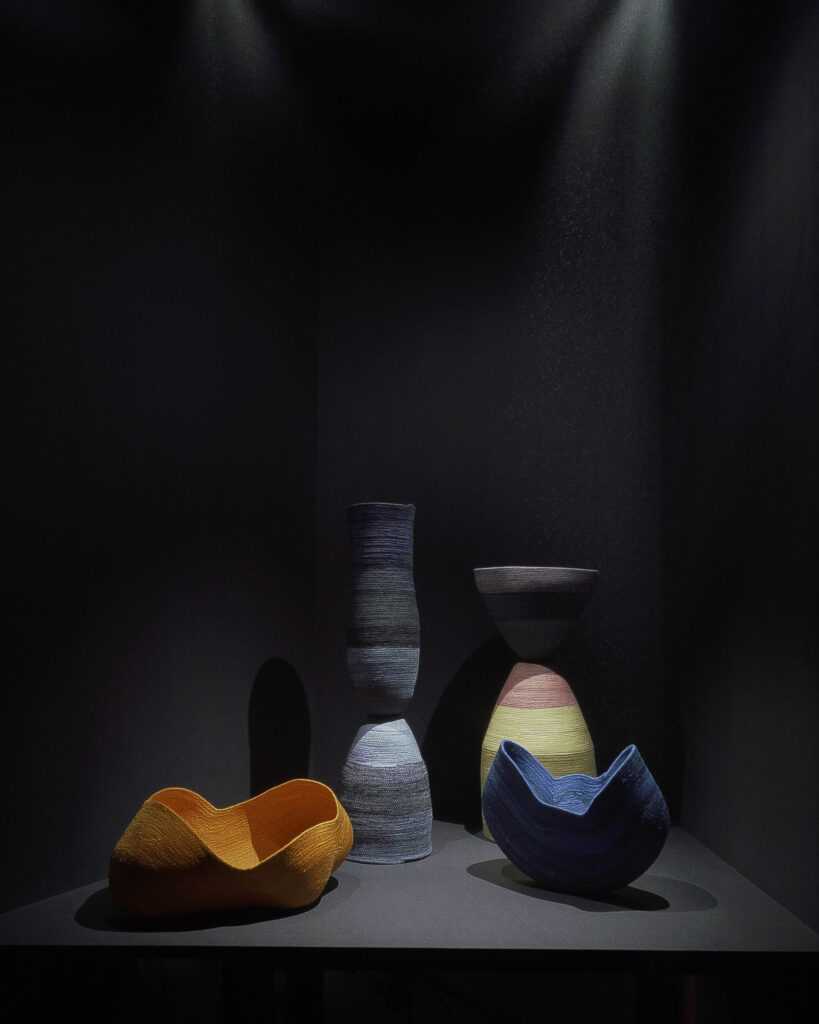
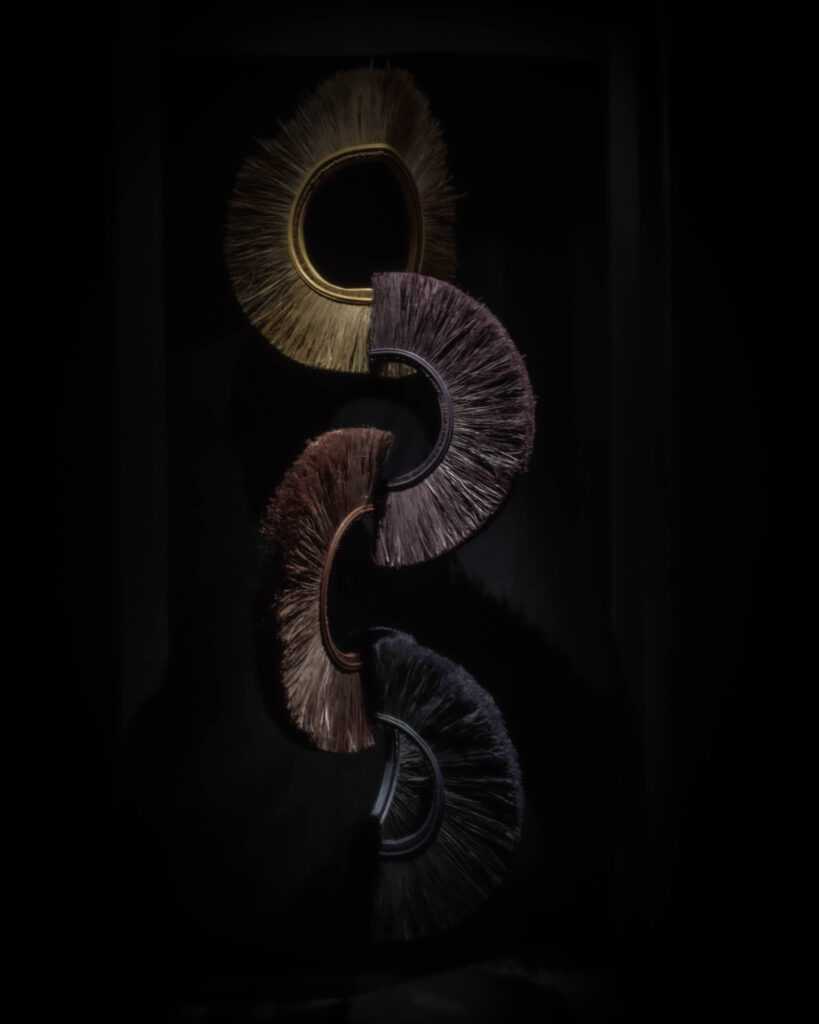
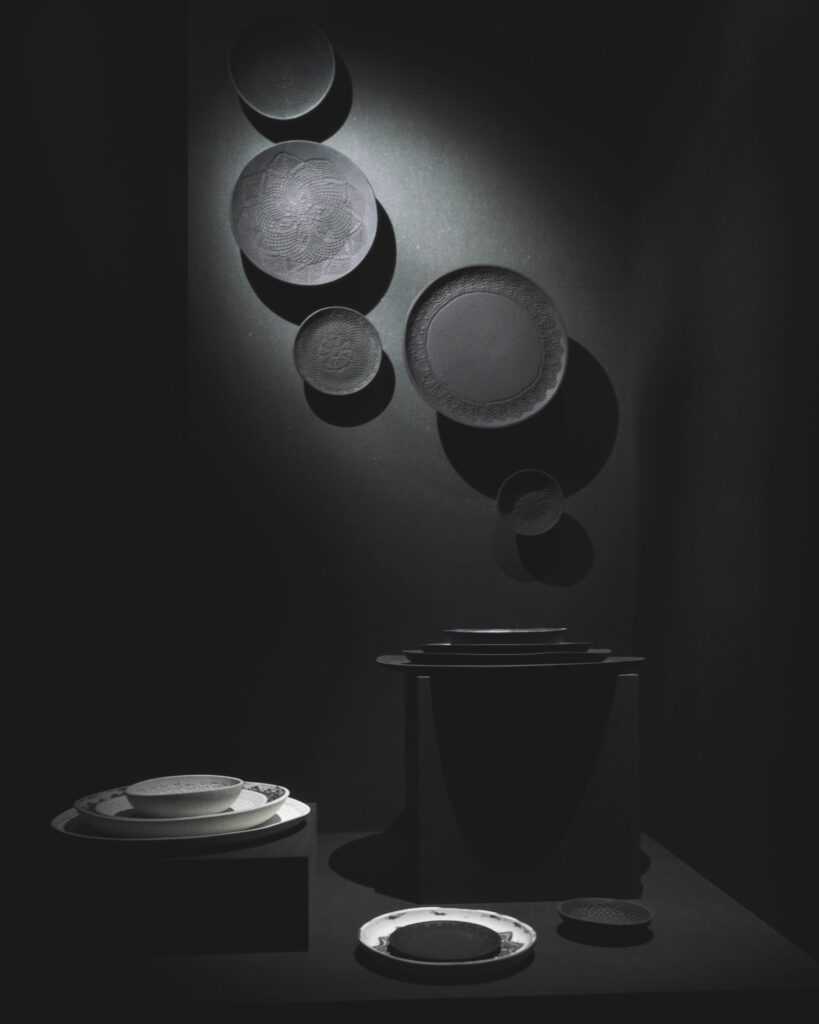
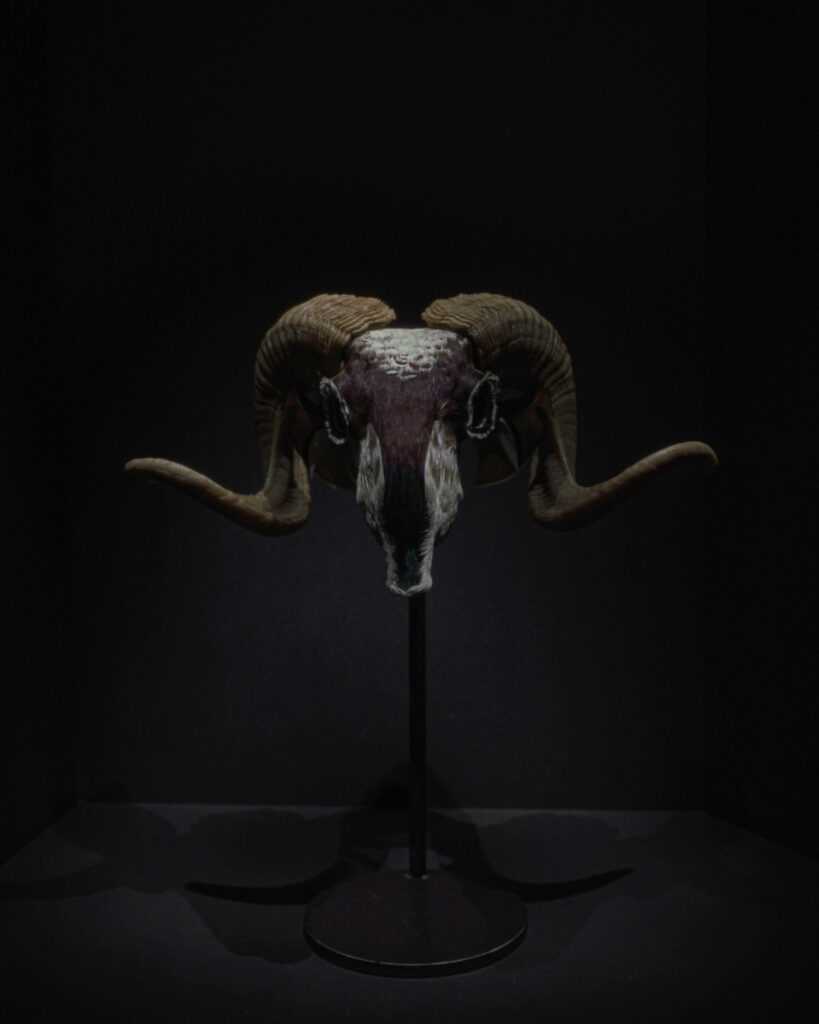
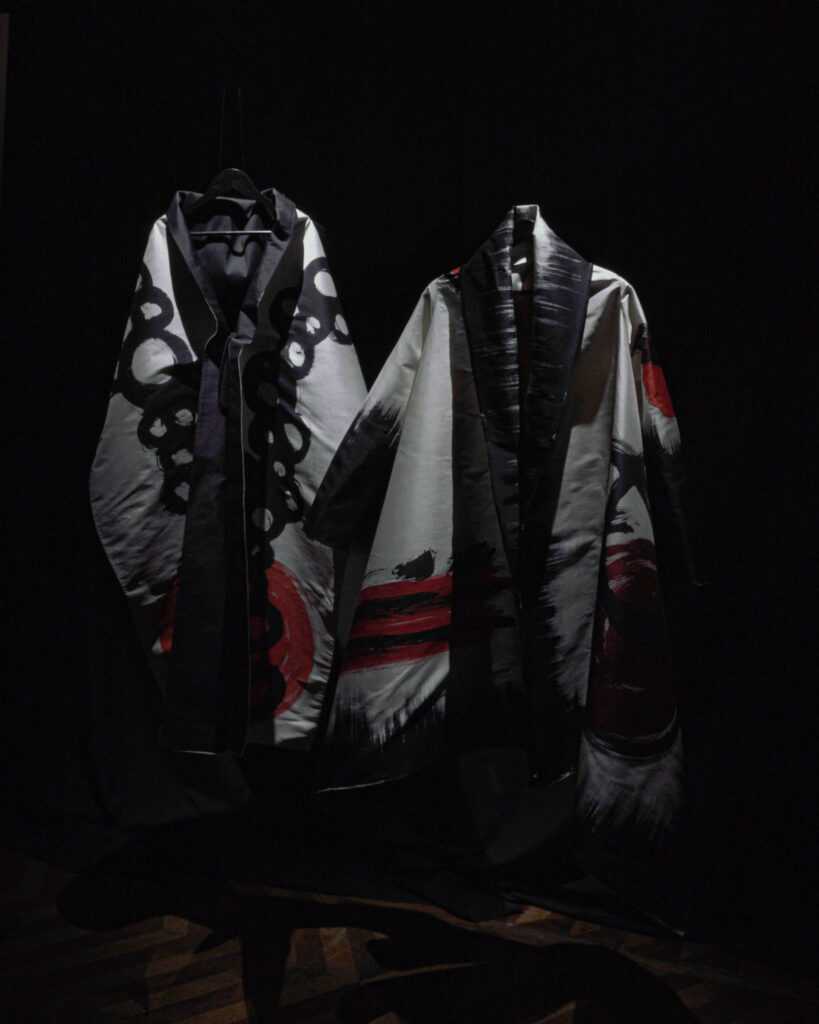
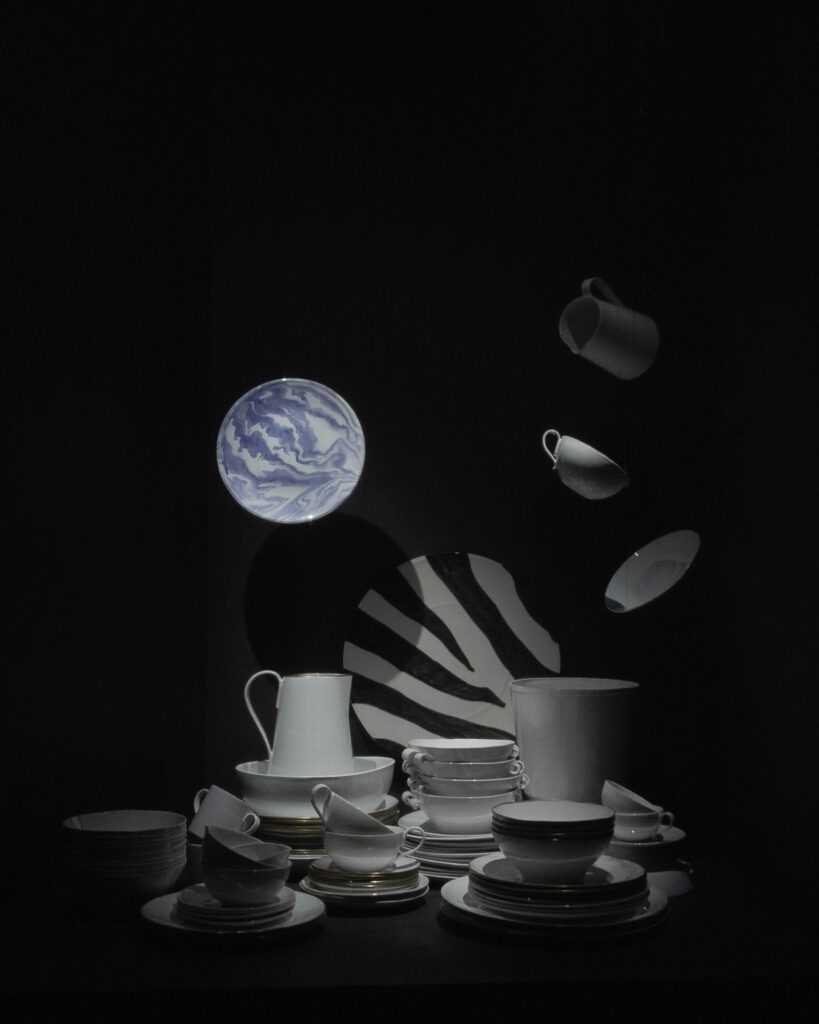
Learn more about SACo, Vajillas de Ultramar Henar Iglesias, Sagamarina Atelier, Plaart Ceramic, and José Luis Bazán in SACo: Showcasing Contemporary Spanish Artisanship, Profile: Vajillas de Ultramar: The Beauty of Imperfection, Henar Iglesias: The Majesty of Feathers, Profile: Sagarminaga Atelier: Telling Stories with Fiber Art, and José Luis Bazán is Awarded Spain’s Prestigious National Crafts Award for 2021.
National Museum of Romanticism: Ideas to the Wind. Fan Design in the 19th Century

During the 19th century, the fan became an essential accessory for women’s clothing. During the festival, the Museum of Romanticism has organized guided visits showcasing the history and main types of fans during this period, showcasing examples in its permanent collection.
It was common to own several fans, selected according to the clothing styles and the social activity users were to attend. Due to its prominent role, a fan industry developed in Spain during the 19th century, particularly in Valencia. Specialized stores arose to meet this demand, but other stores sold them alongside other products. Closely related to the changes brought about by the Industrial Revolution, as the century progressed new production processes and materials in the manufacture of fans made it possible to meet the high demand and lower their cost. The aesthetics and size of the fan underwent variations, adapting to the prevailing taste of the times.
Photos courtesy of Madrid Design Festival, except as otherwise indicated.
